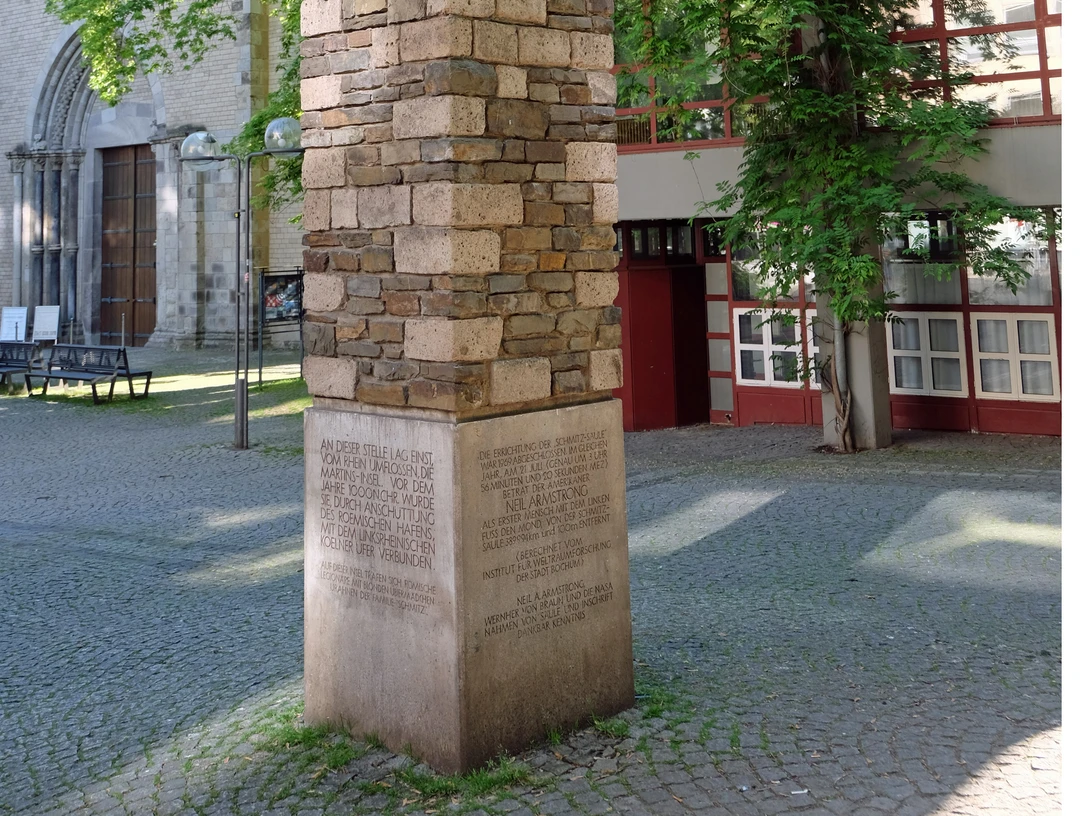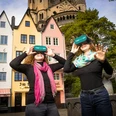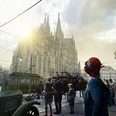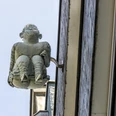It is written here that Roman legionnaires once met Ubic women and together they created the archetypal Cologne residents or Schmitzens.
As proof of its accuracy, the column was created from stones taken from the Roman harbour basin that was located on this site. These basically refer to the crypt in Groß St. Martin, where archaeological excavations have brought to light an ancient swimming pool and an associated practice area.
As if that were not enough, the Schmitz Column has also built a bridge to the present day. It can hardly have been a coincidence that the construction of the Schmitz Column in 1969 coincided with the moon landing. This event was therefore also included in the column's inscription in order to immodestly establish the context of the big picture.
With the construction of the Schmitz Column, the founder Jupp Engels summarised Cologne's essential characteristics in a very reduced way. On the one hand, the pride in the city's old, ancient heritage and the megalomania often associated with its inhabitants, but on the other hand also the awareness of the people of Cologne that they know this and can play and deal with it humorously.
Finally, the flood mark from 1784 is engraved as a grounding element, which commemorates one of the greatest natural disasters in the city's history without any clamour. This can be understood as a reference to the fact that, in the end, there are greater things than the Schmitzens and the people of Cologne.
Good to know
Eligibility
for Groups
for Class
for families
for individual guests
Pet allowed
Suitable for the Elderly
Directions & Parking facilities
The nearest public transport stop is ‘Rathaus’. This can be reached with line 5. From there it is only a few metres to the column.
It is also possible to travel by car, as there are many car parks in the immediate vicinity.
Our recommendations
Nearby










